home vintage cameras index
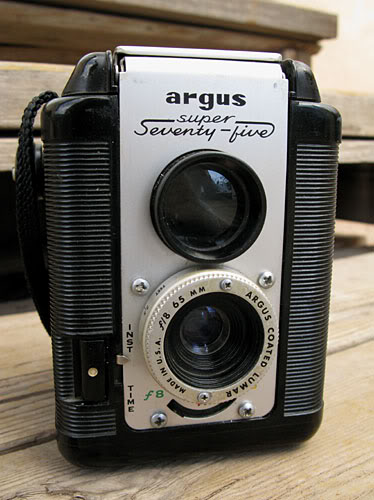
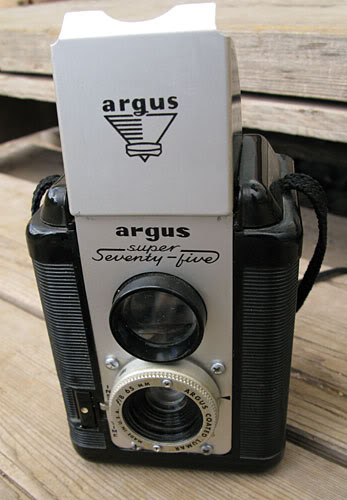
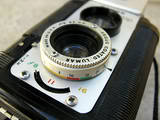
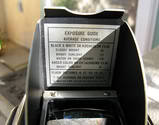
The lens on the Super, like those on most simple cameras, is a lot better than is often acknowledged. Picture sharpness is much more a function of two other variables: focus estimation and camera steadiness. In bright light and at medium distances, guessing focal distance isn't much of a challenge. Finding some way to brace the camera is definitely a good idea with a shutter speed in the 1/30th to 1/50th range. The slow shutter speed also means that moving objects are often going to be a bit smeared.
These b&w sample photos from the Super-Seventy-five were shot on Fuji Acros 100 and developed in Agfa Rodinal at 1:50 dilution. The 120 film was rerolled onto a 620 spool to fit the narrow film compartment.
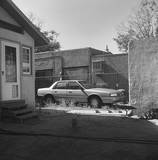
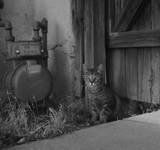
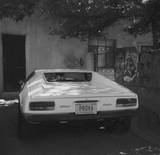
Most people today who are shooting the '50s TLR cameras have acquired them for the purpose of making Through-the-Viewfinder (TtV) photos, with the actual image being recorded by a digital camera.
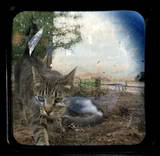
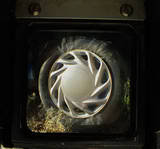
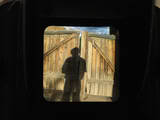
The user manual for the Argus Super Seventy-five is on line at the Butkus site.
home vintage cameras index
 © mike connealy
© mike connealy